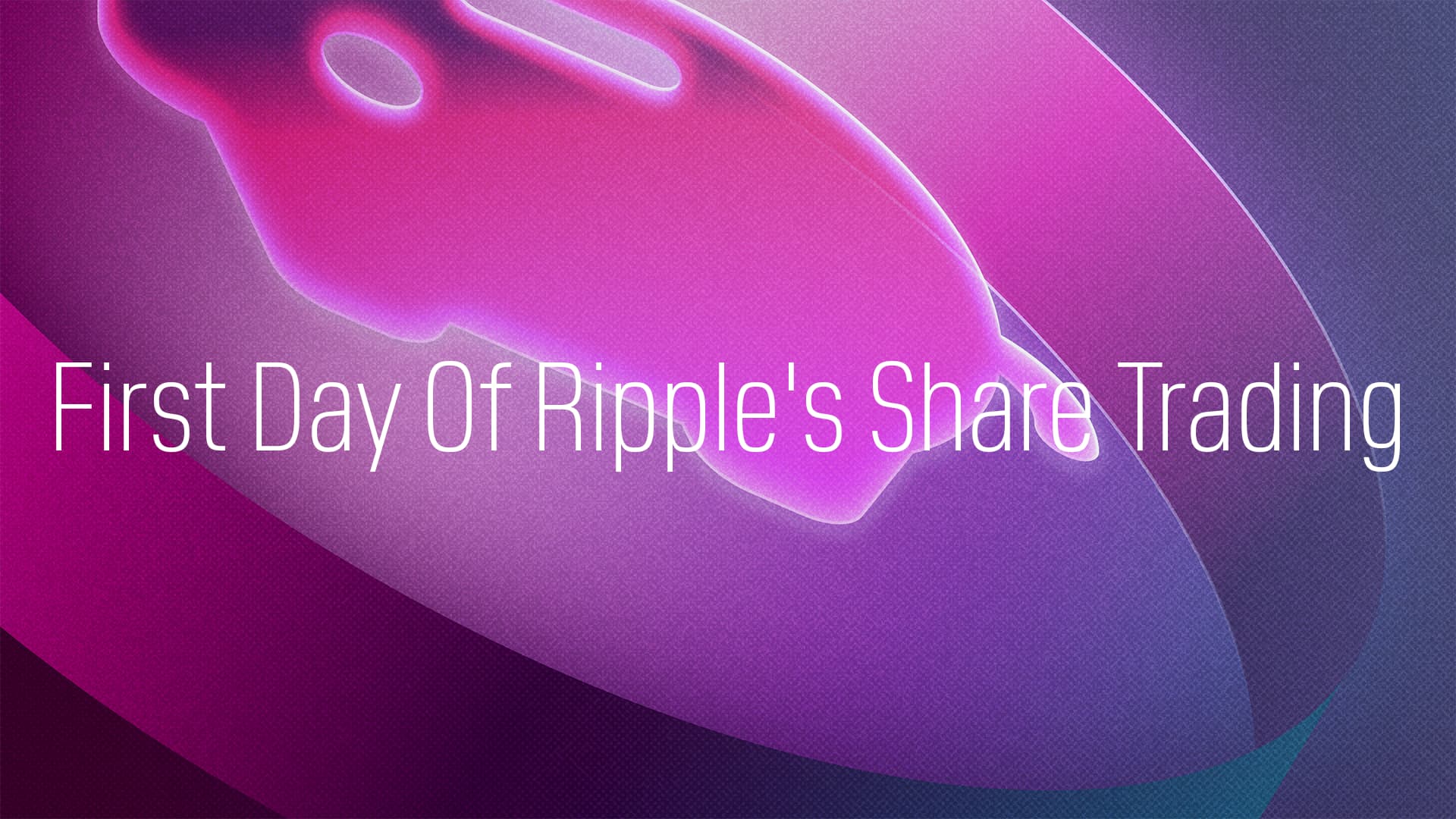
As Ripple gears up for its highly anticipated initial public offering (IPO), investors are on the edge of their seats, wondering what the first day of share trading will bring. With IPOs like Apple, Microsoft, Coinbase, and Tesla showing a range of outcomes from initial pops to volatility, it's clear that Ripple's debut could follow multiple paths. From potential initial price jumps due to high demand to the impact of media attention and the effects of lock-up periods on stock price, this post will delve into what investors can realistically expect on Ripple's first trading day. Additionally, we'll explore the general trends observed in IPOs—upward movements, downward pressures, and stability—and what these could mean for Ripple, setting the stage for a discussion on the long-term outlook based on financial health, market conditions, and investor sentiment.
Many IPOs experience an initial price jump due to high demand, but this isn't guaranteed. It's incredibly difficult to know how prices will move. Look at the movements of Apple, Microsoft, Coinbase, and Tesla at the bottom of this post!
Stock prices can fluctuate wildly as both retail and institutional investors react to immediate perceptions of the company's value.
High-profile IPOs like Ripple's will likely attract media coverage, which can contribute to volatility.
Often, certain insiders can't sell their shares for a set period. The end of this lock-up can affect the stock price.
The first day is just one day. Long-term stock performance will depend on factors like financial health, market conditions, and investor sentiment.
IPOs often rise on the first day, but this isn't a rule.
Overpriced IPOs or poor market conditions can lead to a price drop.
Some stocks manage to maintain a stable price on the first day.
Let's look at the performance of a few of the biggest companies in the world in the first 7 days of going public:
2013-10-23: $18.7486 to 2013-10-31: $18.66792013-10-23: $33.760 to 2013-10-31: $35.4052021-04-14: $328.28 to 2021-04-22: $293.452013-10-23: $10.9667 to 2013-10-31: $10.6627
